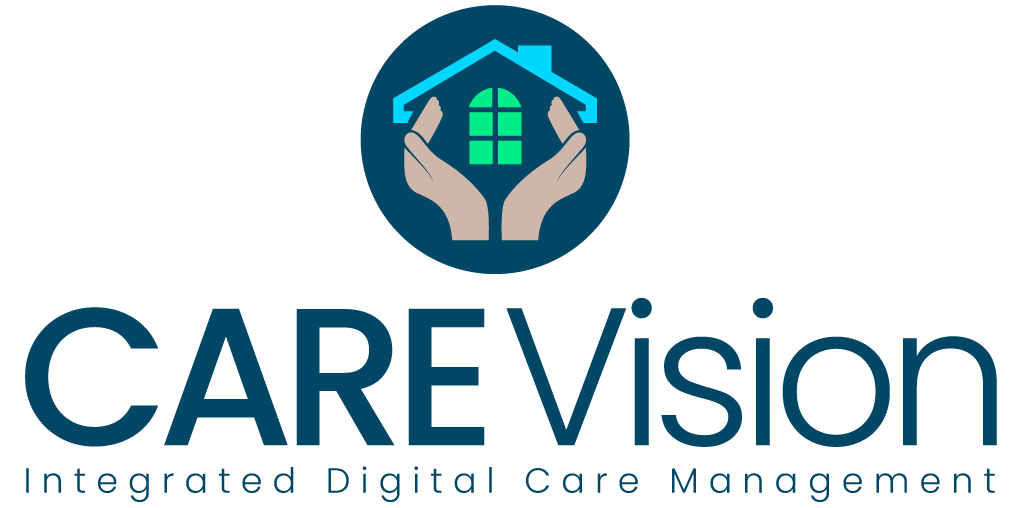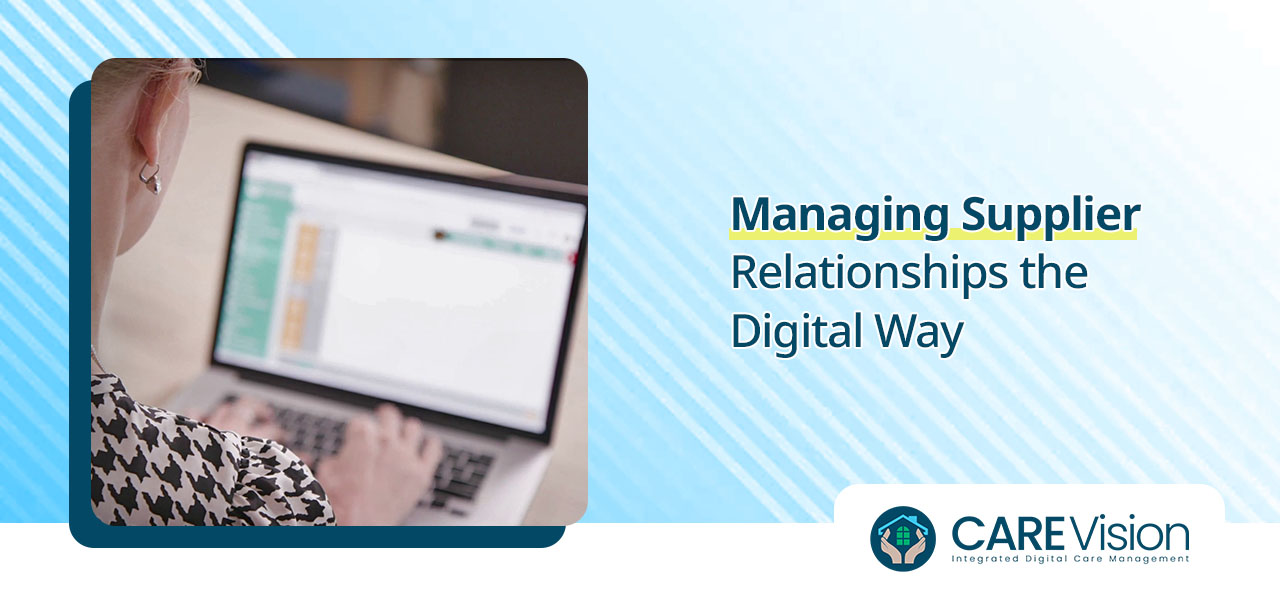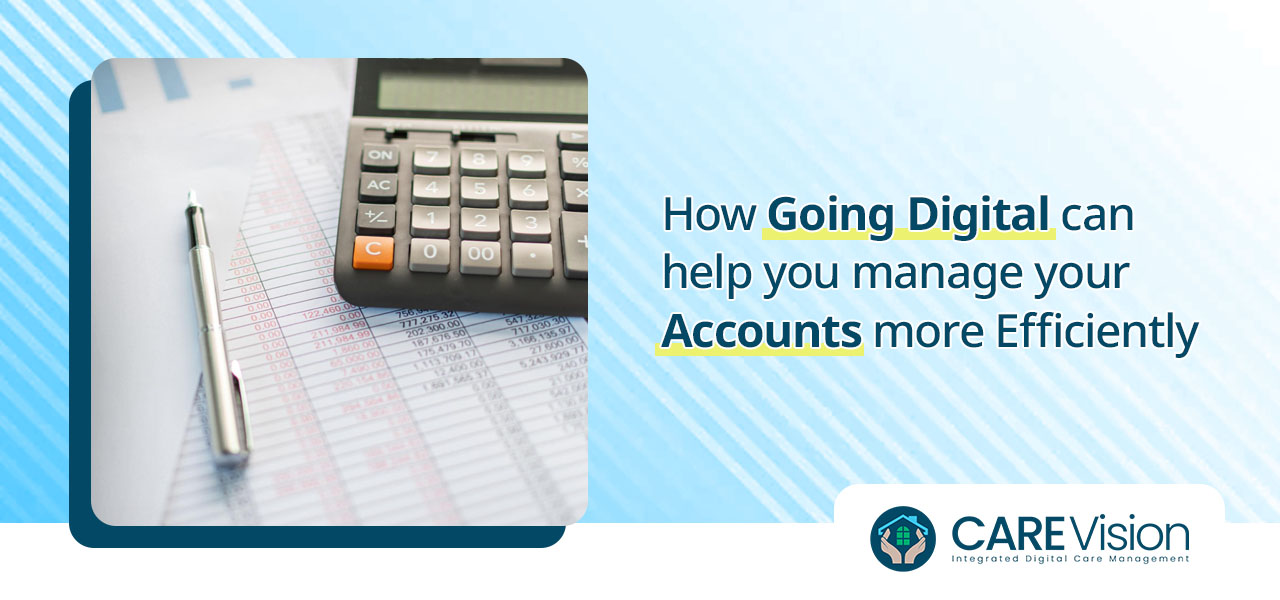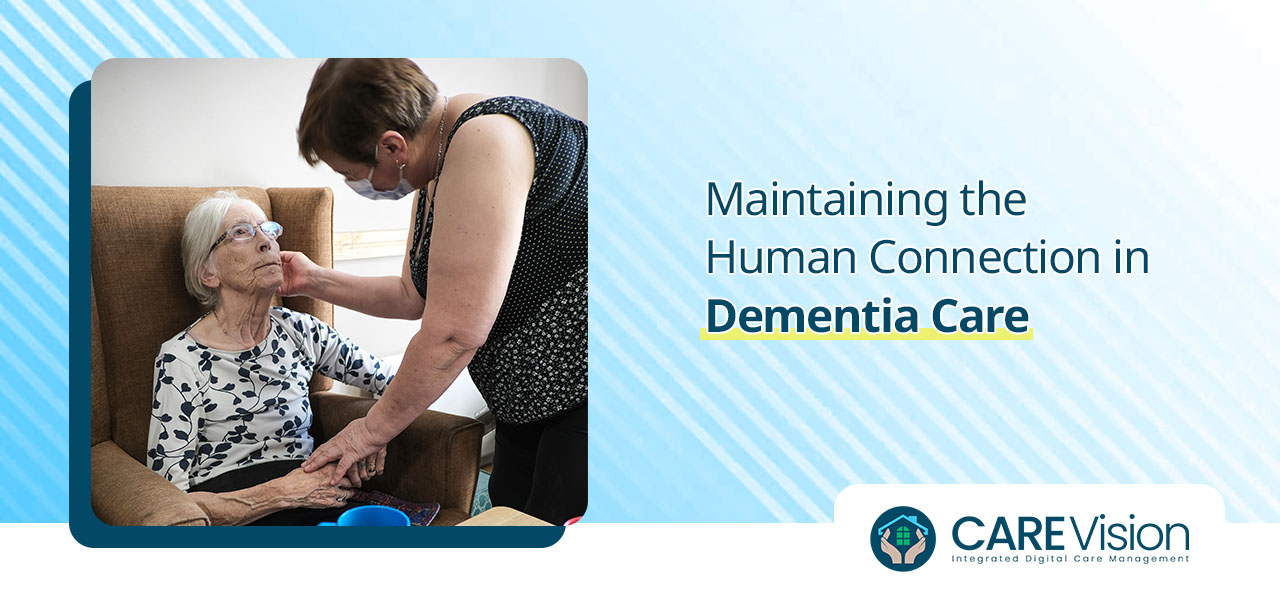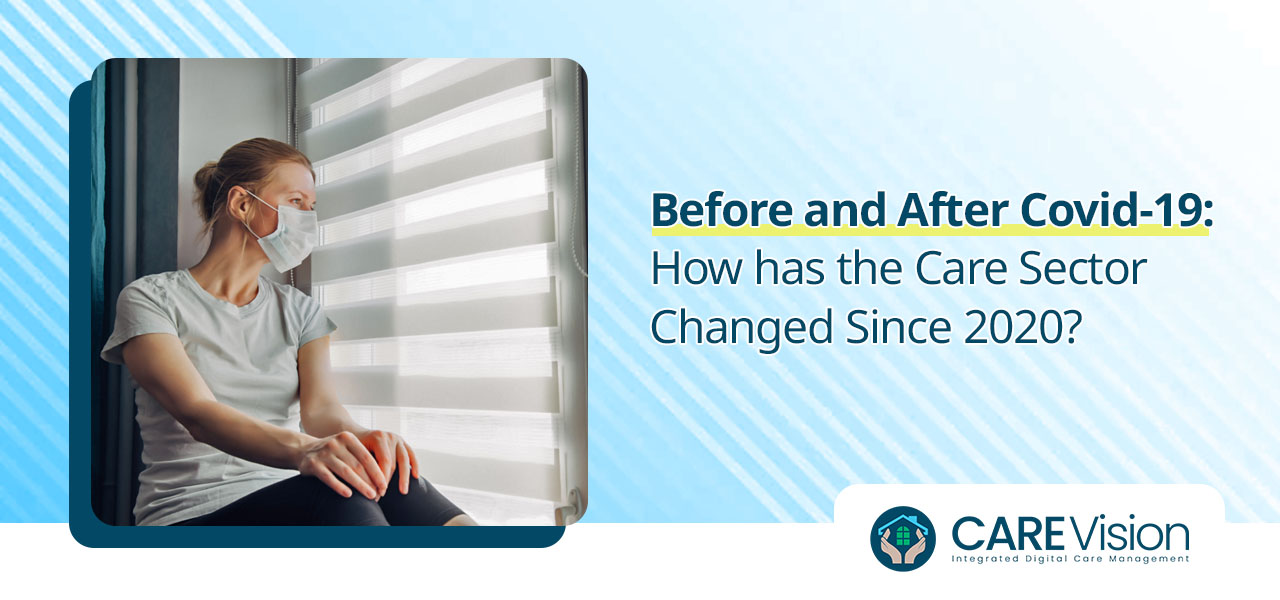Back in 1998, a document was published entitled “Clinical governance and the drive for quality improvement in the new NHS in England” (SOURCE). Within it, the term ‘clinical governance’ was described thus: “A system through which NHS organisations are accountable for continually improving the quality of their services and safeguarding high standards of care by creating an environment in which excellence in clinical care will flourish.”
This definition became integral to an overarching clinical governance framework covering patient care and the actions required to maintain high standards within it. Clinical governance exists to help healthcare organisations ensure that they can continue to deliver the care that they need to, with the correct structures, processes and systems in place. It comprises seven pillars, each covering an essential aspect of patient care and areas for quality control.
By working through each of the seven pillars, care homes and other healthcare organisations can feel confident that they are covering everything that is required to operate an effective, high quality care service. To follow is some more information about what each pillar covers and why it is essential for care homes to adhere to.
Clinical effectiveness
This pillar is all about how decision-making takes place. For example, using evidence-based approaches to decide on the best course of treatment to take. This also involves keeping to guidelines to ensure compliance and full transparency in patient care. Practitioners should use experience to improve on their clinical effectiveness too, as well as carry out research to enhance their future care capabilities.
Risk management
Risk management is all about reducing (and hopefully eliminating) risks to the patient or care home resident, as well as to the healthcare practitioner. Key areas in this field include identifying problem areas in treatments and working out how to reduce the associated risks. Improving by learning from previous issues and occurrences is also considered best practice here. Other aspects of this clinical governance pillar include setting up effective risk systems and carrying out regular and comprehensive risk assessments, followed up by consistent and accurate reporting of any incidents and ‘near-misses’.
Patient and public involvement
Person-led care is at the forefront of many healthcare initiatives and through processes. By involving the people being cared for – and their support networks – in in their own treatment decisions, outcomes can often be more effective. This can be done in a number of ways, including ‘formal’ patient questionnaires and surveys. People can be encouraged to give views in person, too, via interactive forums and discussion groups. Patient representatives can also be involved at several levels from hospital, care home or medical practice boards to helping people advocate for their own, or their loved ones’ care on the ‘front line’
Audit
The purpose of audits within this context is to monitor and assess the quality of clinical care being carried out. Actions and outcomes are analysed against a set of pre-agreed guidelines. Any anomalies or areas of concerns are highlighted for further examination. Audits should be repeated regularly to check on progress around making improvements and to check for deviating patterns or trends. Audits should not be something to dread. Rather, they help organisations maintain high quality standards and help keep patients and healthcare professionals safe.
Staff management
Ensuring that those employed to deliver care in a clinical setting are competent to do so should be a minimum requirement for any healthcare organisation. This pillar of clinical governance ensures that the right people are in position to carry out this essential work and helps safeguard everyone involved. Offering proper support, mentoring and structure helps keep staff motivated, manged and on track. The right levels of HR support, professional development, resources and a pleasant working environment can all go a long way to attract and retain the best possible staff.
Education and training
Staff should have access to regular education and training to keep up existing skills and learn new ones to enhance the care they can provide. Some ways to do this include enabling access to degrees, diplomas and other avenues for healthcare qualifications. Also, webinars, conferences, lectures and industry events can be helpful for providing additional training and education. Peer-to-peer support and sharing knowledge is another way to keep the information flowing between healthcare professionals and their teams.
Information
Finally, keeping patients’ information updated and correct at all times is an essential part of pursuing excellence in clinical governance. All systems used should reflect accurate, consistent patient data. Confidentiality and security around information is key too to safeguard people’s personal details and medical records. Information that needs to be shared among relevant healthcare professionals must be carefully protected and clearly presented to avoid unnecessary delays in treatments or diagnoses.
